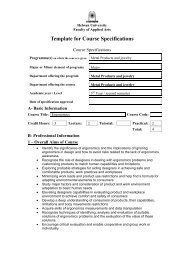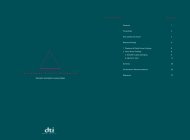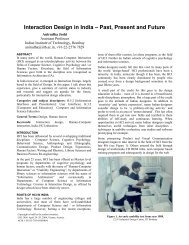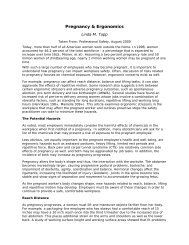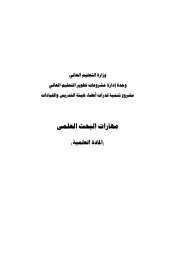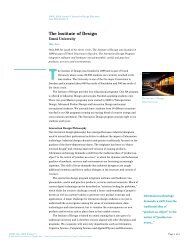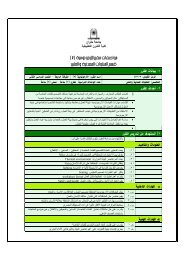Space Requirements for Wheeled Mobility - University at Buffalo ...
Space Requirements for Wheeled Mobility - University at Buffalo ...
Space Requirements for Wheeled Mobility - University at Buffalo ...
- No tags were found...
You also want an ePaper? Increase the reach of your titles
YUMPU automatically turns print PDFs into web optimized ePapers that Google loves.
Anthropometric ResearchAnthropometry of users of wheeled mobility aids: A criticalreview of recent work, Bruce Bradtmiller, Ph.D.AbstractThis commissioned paper and present<strong>at</strong>ion summarized recent advancements inthe anthropometric study of wheeled mobility aid users, and addressed how thisin<strong>for</strong>m<strong>at</strong>ion should be used appropri<strong>at</strong>ely in design and standards development.The strengths and weaknesses of studies per<strong>for</strong>med by Ringaert, et al. (2001)and Stait, et al. (2000) are described in terms of their target popul<strong>at</strong>ions, samplingstr<strong>at</strong>egy, and measurement methods. Among the strengths of both studies areclear definitions of the target popul<strong>at</strong>ions, and the consider<strong>at</strong>ion of the mobilitydevice and device user as one unit. Weaknesses included potential measurementerror and lack of detailed in<strong>for</strong>m<strong>at</strong>ion about how the measurements used weretaken. The example of an autom<strong>at</strong>ic teller machine was used to demonstr<strong>at</strong>e thedesign challenges th<strong>at</strong> are associ<strong>at</strong>ed with accommod<strong>at</strong>ing both mobility aid usersand ambul<strong>at</strong>ory individuals through one “universal” design. It also demonstr<strong>at</strong>edthe need <strong>for</strong> policy makers to have clear understanding of the target userpopul<strong>at</strong>ion, the anthropometric characteristics of the user popul<strong>at</strong>ion, and themeasurement methods used to collect to the anthropometric d<strong>at</strong>a to effectivelyapply anthropometric d<strong>at</strong>a in standards development.Key Points• Standard procedures <strong>for</strong> combining d<strong>at</strong>a from multiple d<strong>at</strong>a sets are needed. Itis unlikely th<strong>at</strong> funding <strong>for</strong> a single major anthropometric study (with respect tothe sizes of samples typically used <strong>for</strong> the general popul<strong>at</strong>ion) of persons withdisabilities will become available, so it will be necessary to combine the resultsof smaller studies per<strong>for</strong>med around the world to understand the body sizesand physical abilities of these user groups. Pooling d<strong>at</strong>a across studiesrequires clear definitions of sample inclusion criteria and measurementdefinitions.• Recent anthropometric studies on wheeled mobility aid users consider themobility aid device and device user as one unit, and allow d<strong>at</strong>a to be str<strong>at</strong>ifiedby device type in addition to age and gender subgroups. This is very importantsince there is evidence to suggest th<strong>at</strong> the demographics of wheeled mobilityaid users and the types of chairs used has changed in recent years (e.g., Staitet al., 2000); and, the physical characteristics of mobility devices are likely toincrease the variability in anthropometric dimensions and there<strong>for</strong>e will effectrecommend<strong>at</strong>ions in the development of guidelines.• Some recent anthropometric studies on wheeled mobility aid users includechildren, while others do not. While children need to be accommod<strong>at</strong>ed in<strong>Space</strong> <strong>Requirements</strong> <strong>for</strong> <strong>Wheeled</strong> <strong>Mobility</strong> 34



